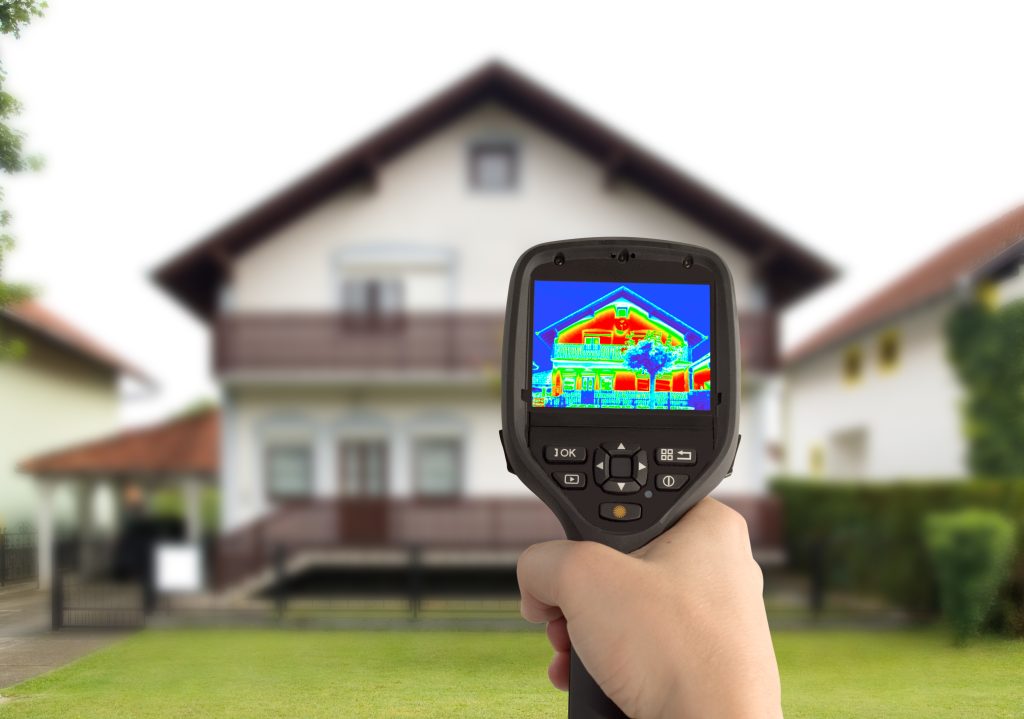Finding Energy-Efficient Building Opportunities in the Inflation Reduction Act

The Inflation Reduction Act (IRA) of 2022 creates a framework to lower inflation in the United States in several ways, including federal spending measures to reduce carbon emissions and incentivize clean energy and sustainable building practices for residential and commercial properties. The legislation provides more than $10 billion for several building-related benefits distributed through tax incentives, rebates, and government funding measures. These benefits apply to commercial and residential construction, with at least 40% of the IRA program budget reserved for low- to moderate-income households.
There are many impacts of the legislation that design and construction professionals should understand and investigate further. While not a comprehensive list, below are several new programs and opportunities that may be of interest to the architecture, engineering, and construction (AEC) community.

The IRA is a large investment in the U.S. economy and a greener future. It is incumbent upon all of us in the AEC industry to be aware of these new opportunities in 2023 and beyond.
Tax Incentives and Rebates for Energy-Efficient Buildings
The IRA’s tax incentives generally focus on increasing energy efficiency for homes and commercial buildings. These incentives can also help designers, builders, and owners meet increasingly stringent building performance standards. The IRA extends and increases the impact of several existing building-related benefits, such as:
| Tax Credit | Benefits and Information |
| Energy-efficient single- and multi-family home tax credit (Section 45L) |
|
| Non-business energy property credits (Section 25C) |
|
| Energy-efficient home improvement tax credit (Section 25D) |
|
| Energy-efficient commercial building deduction (Section 179D) |
|

Additional Incentives for Energy-Efficient Building Products
To make energy-efficient products viable in the market sector, additional rebates put in place by the IRA’s authors include purchases of smart glass technology, heat pumps, and qualified electrification projects. Local governments administer these rebate programs, so the details may differ by location.
A few of these programs include:
- The Investment Tax Credit (ITC) program now includes tax incentives for installing electrochromic glass systems, which are so-called “smart” glass facades that dynamically tint to let in more or less light.
- The High-Efficiency Home Rebate (HEHR) program provides lifetime rebates of up to $14,000 for energy efficiency improvements (such as installing electric panel upgrades, an electric stove, or additional insulation) to households making 150% of the local median income.
- The new Home Owner Managing Energy Savings (HOMES) rebate program offers rebates for specific modeled or actual energy reductions for single- or multi-family homeowners at any income level.
In addition to the rebate programs listed above, the Federal Building Performance Standards program will assist in providing a robust market for American-made, energy-efficient technologies. This program aims to reduce federal government building energy use and utility costs by converting from on-site fuel combustion to electrification.

IRA Funding and Timelines Vary by Jurisdiction
Various government funding measures are quite open-ended by design, with many distributions requiring a request-for-information (RFI) system whereby entities can propose individual ways of using the funds. Some examples may include code and policy implementation efforts, energy efficiency block grants, carbon analysis, green banks, or voucher systems for funding new roles and encouraging private development.
The timeline for each of these benefits will look different. The DOE is crafting its implementation of the various components of the law, and anticipates that funding will begin to arrive in communities in 2023. Many components of the IRA are still in a public comment phase, so an opportunity to provide input remains and the program details could change.

Summary
The IRA is a large investment in the U.S. economy and a greener future. It is incumbent upon all of us in the AEC industry to be aware of these new opportunities in 2023 and beyond. For new construction or retrofit building projects, the IRA presents compelling reasons to invest in energy conservation measures and create a more sustainable building stock.